NIGMS
-
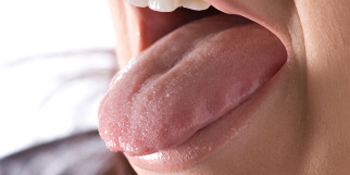
IRF6 on the tip of tongue development
The factor IRF6 plays important roles in the development of the tongue. Read MoreMar 18, 2013
-

Diagnostic codes identify smoking status
Diagnostic codes used for billing purposes effectively identify smokers in a general clinic population and can be used to adjust smoking status in genetic and epidemiologic studies. Read MoreMar 15, 2013
-

Bacterial resistance breaks bridges
Understanding how bacteria become resistant to quinolone antibiotics could guide strategies for developing new antibacterial drugs. Read MoreMar 14, 2013
-
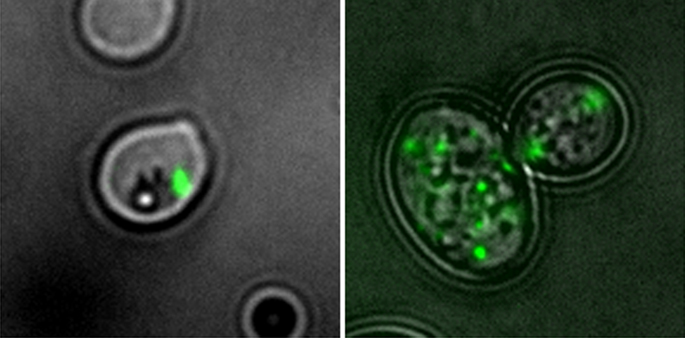
Starting up protein synthesis, in yeast
Researchers have found an unusual interaction between a factor that “turns on” protein synthesis and one that produces fatty acids. Read MoreFeb 28, 2013
-
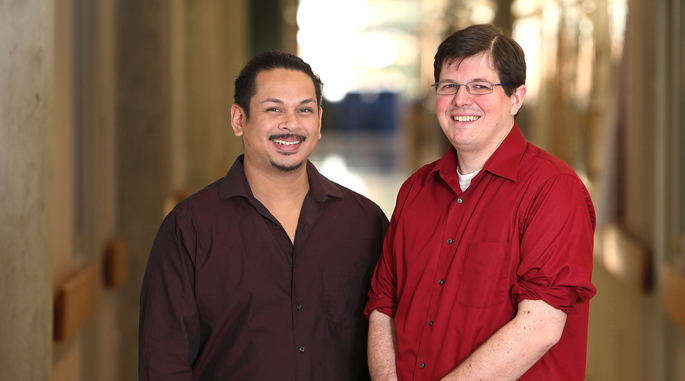
Antibacterial protein’s molecular workings revealed
Vanderbilt investigators report new insights to the workings of calprotectin, an immune system protein that “starves” bacterial pathogens of the metal nutrients they require. Read MoreFeb 21, 2013
-

‘Snooze button’ on biological clocks improves cell adaptability
(iStock) The circadian clocks that control and influence dozens of basic biological processes have an unexpected “snooze button” that helps cells adapt to changes in their environment. A study by Vanderbilt University researchers published online Feb. 17 by the journal Nature provides compelling new evidence that at least some species… Read MoreFeb 17, 2013
-
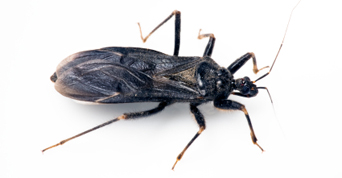
Cure in sight for kissing bug’s bite
It’s possible to cure Chagas disease – a deadly tropical infection transmitted by “kissing bugs” – in a mouse model. Read MoreFeb 15, 2013
-

New view of DNA processing ‘hub’
Structural studies reveal a new framework for understanding a central player in DNA processing. Read MoreJan 23, 2013
-

Seeing light receptor’s interactions
Understanding how the main receptor for light interacts with other signaling molecules may inform new pharmaceutical development. Read MoreJan 18, 2013
-

Zinc: a new antibiotic target?
It may be possible to fight hospital-acquired pathogens like Acinetobacter baumannii by targeting the bacterium’s need for the nutrient metal zinc. Read MoreJan 17, 2013
-
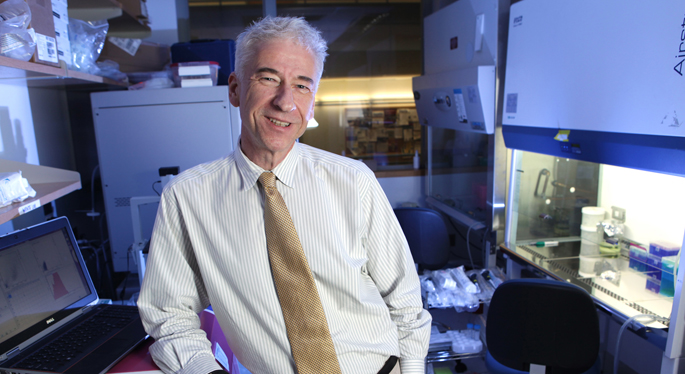
Polarity protein suppresses tumor growth, invasion
The machinery that builds the characteristic shape of epithelial cells suppresses breast cancer formation and metastasis in a mouse model. Read MoreNov 29, 2012
-

Bacterial signals in sarcoidosis
Study adds evidence for infectious agents’ role in sarcoidosis, an inflammatory condition that can lead to respiratory failure and death. Read MoreNov 6, 2012
-
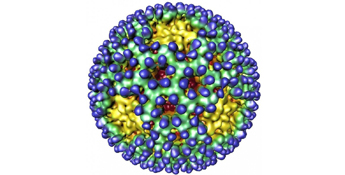
Protein’s length, flexibility key to infection
The structural architecture of the reovirus attachment protein is required for efficient reovirus infection of host cells. Read MoreOct 31, 2012
-
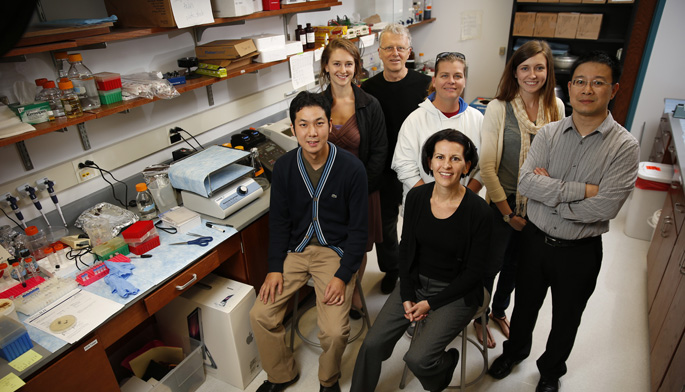
Proteins help flip tumor’s invasive switch
Vanderbilt investigators have identified how two key components of cancer's invasive "switch" — the series of signaling events that turn on a tumor cell’s invasive behavior — work together. Read MoreOct 4, 2012
-
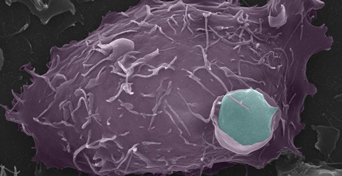
Cells with LIP eat their neighbors
A transcription factor called LIP is capable of causing one cell to consume another. Read MoreSep 13, 2012
-

Tool helps plumb electronic records
A tool developed for one institution’s electronic health records can work at other institutions, potentially facilitating the use of these records in research studies. Read MoreAug 24, 2012
-
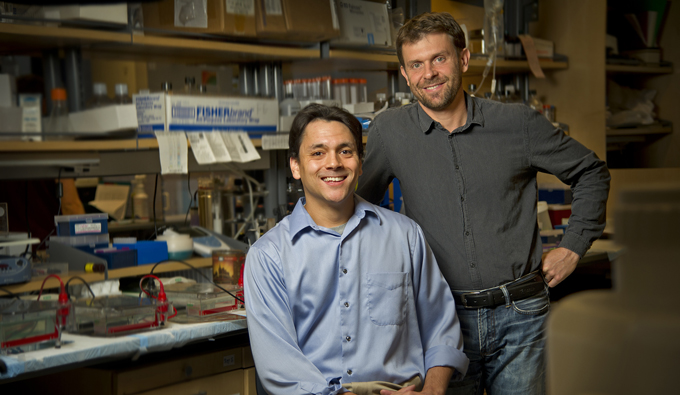
VU study finds stress fuels breast cancer metastasis to bone
Stress can promote breast cancer cell colonization of bone, Vanderbilt Center for Bone Biology investigators have discovered. Read MoreJul 18, 2012
-
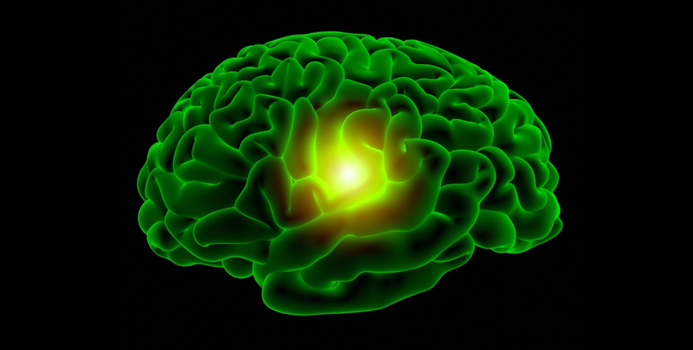
Roots of childhood brain tumors
Cells in the back of the developing brain can give rise to brain tumors, suggesting they may be a target for treatment. Read MoreJun 14, 2012
-

Alzheimer’s protein structure suggests new treatment directions
The molecular structure of a protein involved in Alzheimer’s disease – and the surprising discovery that it binds cholesterol – could lead to new therapeutics for the memory-robbing disease. Read MoreMay 31, 2012
-
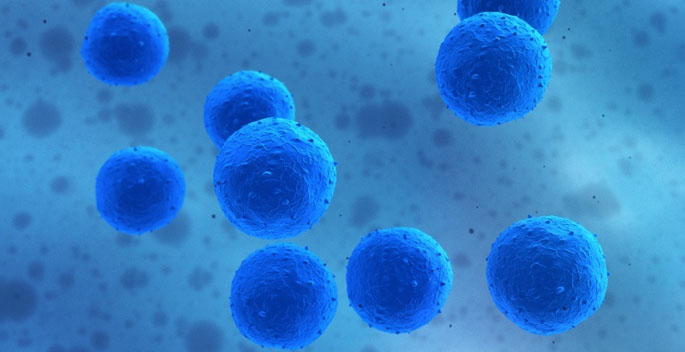
Long live the therapeutic stem cells
Enhancing stem cell survival is key to improving cell-based therapies for regenerative medicine, and a new drug could help. Read MoreMay 17, 2012